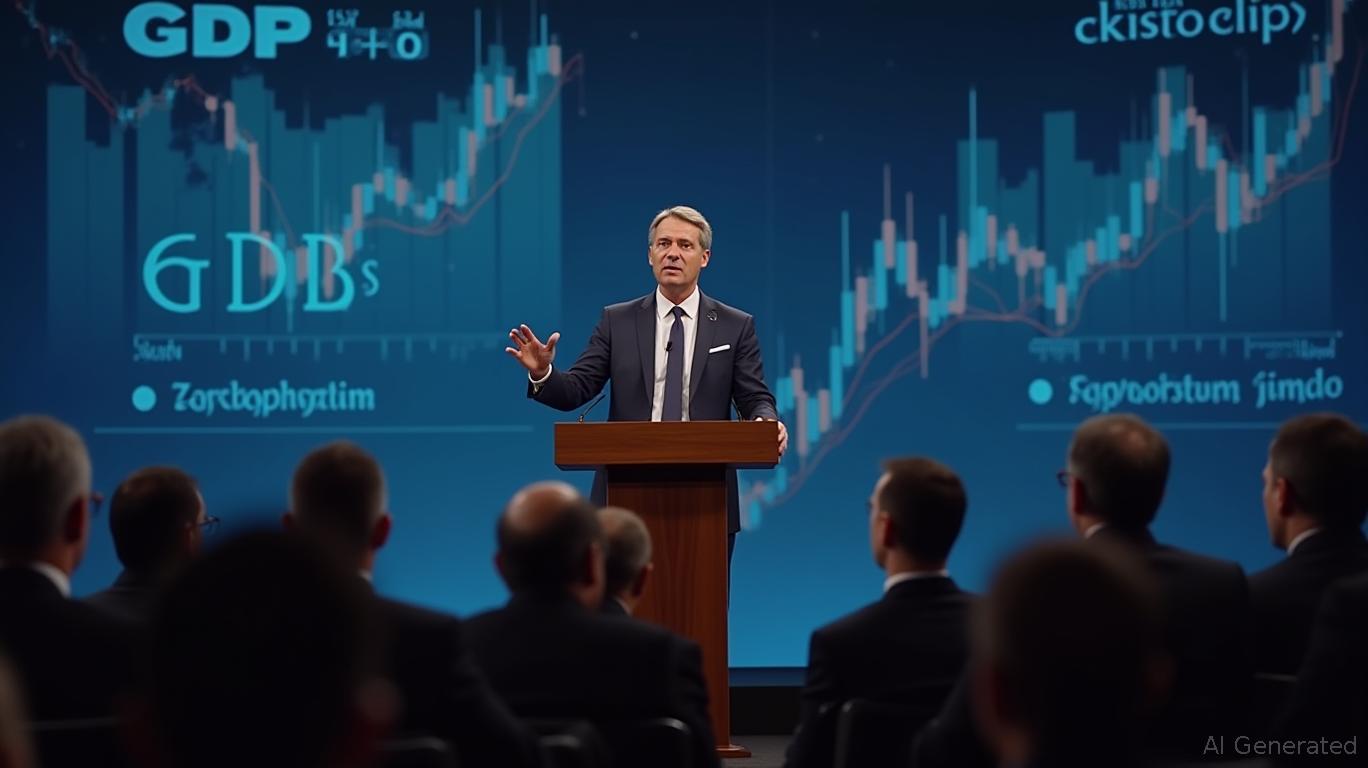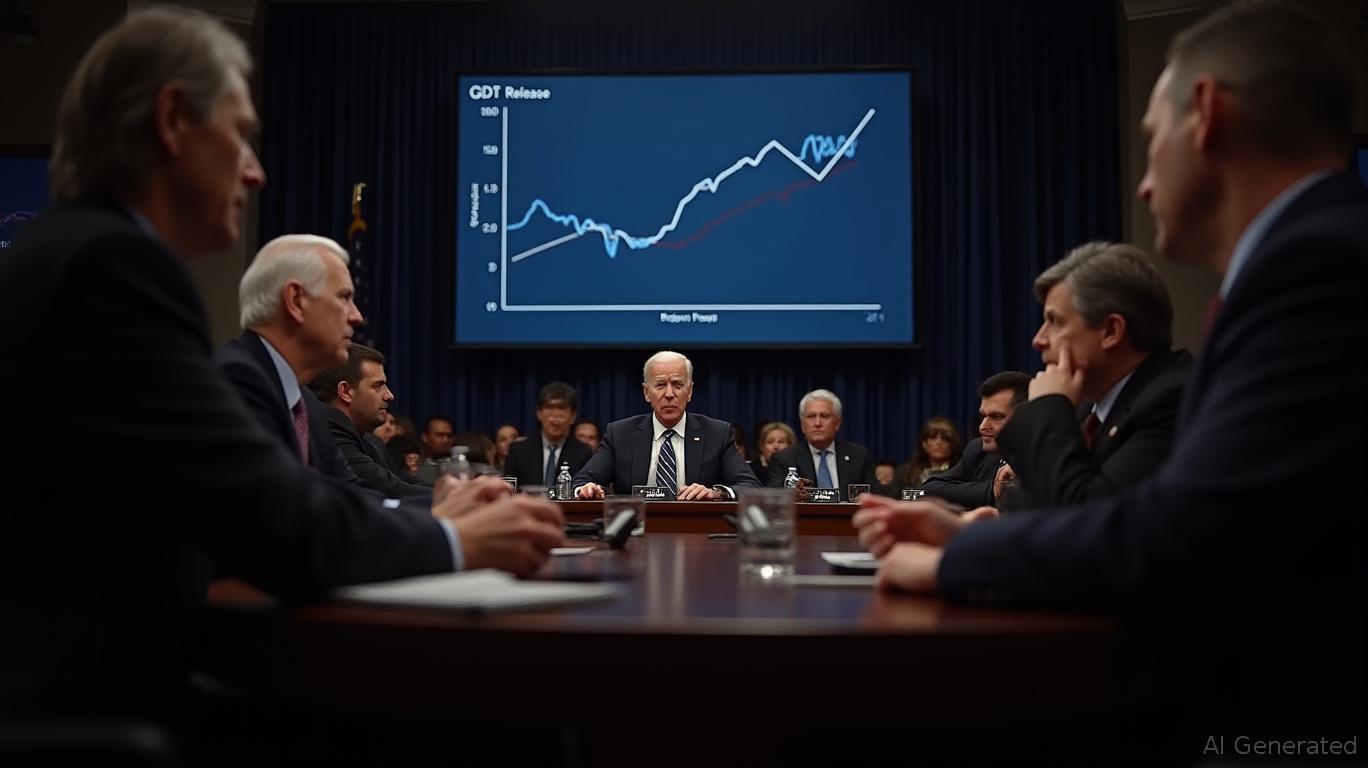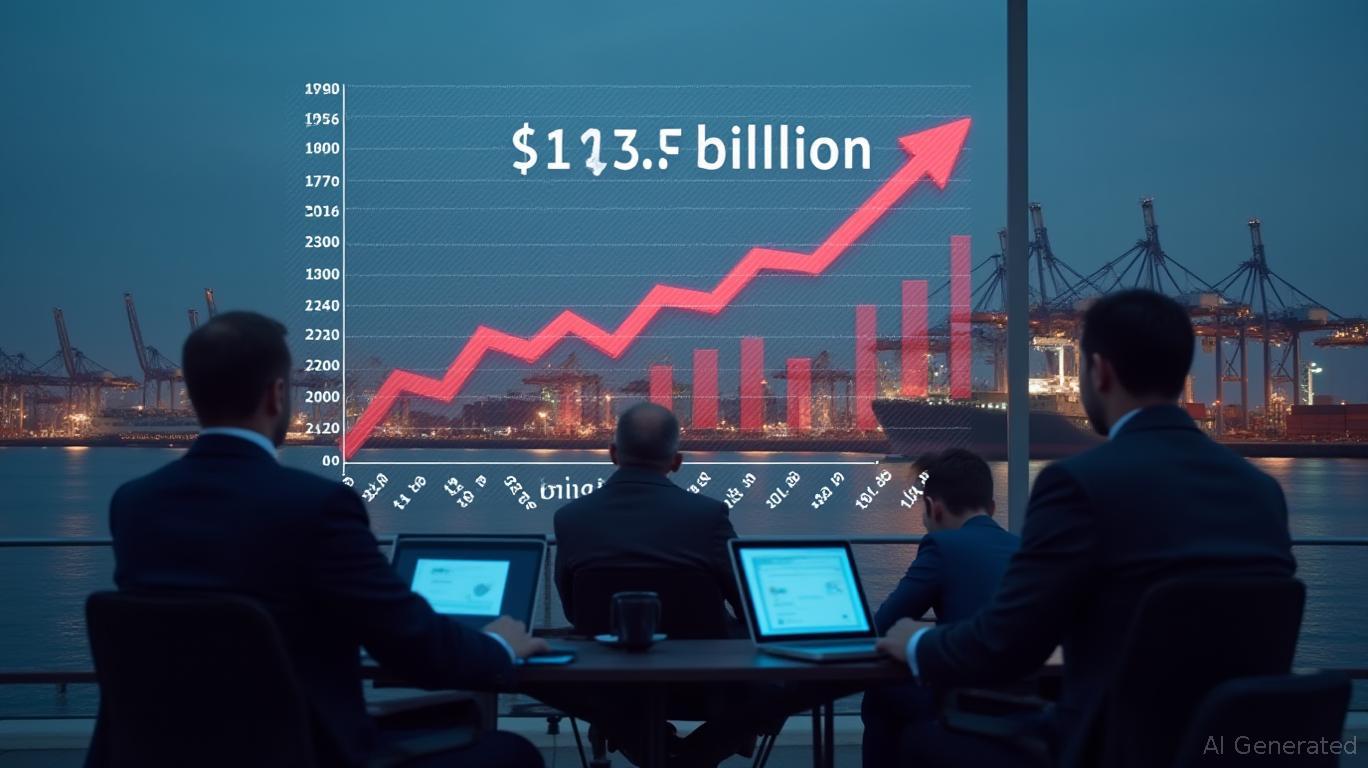US GDP Contracts in Q1 as Trade Turmoil Sparks Economic Jitters
The US economy stumbled in the first quarter of 2025, recording a 0.3% annualized contraction—the first such decline since early 2022—as businesses frontloaded imports to preempt new tariffs. The surge in imports, driven by fears of rising trade barriers, subtracted nearly five percentage points from GDP, overshadowing gains in consumer spending and investment. This temporary distortion highlights the fragile state of the US economy, with lingering risks of a demand slowdown and recession now looming.
The Trade Shock: A One-Time Drag or a Structural Shift?
The Bureau of Economic Analysis (BEA) reported that imports rose at a blistering 41% annualized rate in Q1 2025—the fastest pace in over four years—as firms rushed to stockpile goods before tariffs took effect. This inventory buildup, aimed at avoiding potential cost hikes, sent the trade deficit soaring to record levels. While the BEA’s data attributes the GDP contraction to this temporary surge, the ripple effects could prove longer-lasting.

Analysts warn of a “demand cliff” as businesses and consumers pause spending after frontloading purchases. Comerica Bank’s chief economist Bill Adams noted that the rush to build inventories may have siphoned demand from future quarters, leaving sectors like automotive and consumer goods particularly vulnerable. Indeed, the BEA’s trade data revealed a narrowing goods deficit in February (to $147.0 billion) but underscored persistent imbalances, with services surplus dipping to $24.3 billion.
A Preview of Coming Weakness?
The Q1 contraction was widely anticipated but still alarming. Federal Reserve models, including the Atlanta Fed’s GDPNow, had already signaled weakness, with estimates as low as -0.4%. Goldman Sachs and Bank of America economists had projected contractions of -0.2% and 0.4%, respectively, underscoring market skepticism about the economy’s resilience.
While the import surge is a one-off event, the underlying trends are troubling. Consumer sentiment, a critical gauge of demand, plummeted to 1990s-era lows in April 2025, and business investment growth slowed to 1.2%, reflecting uncertainty over trade policies and global demand. The International Monetary Fund (IMF) now projects US GDP growth of just 1.8% for 2025—a sharp downgrade from 3.3% in 2024—citing “intensifying downside risks from trade tensions.”
Recession Risks and Investment Implications
With economists like Greg Daco of EY estimating a 40-45% probability of a recession within the next year, investors face a precarious balancing act. The immediate threat is the “demand cliff”: once the import surge fades, will consumer and business spending rebound, or will households and firms continue to cut back?
The answer hinges on sectors exposed to tariff-driven volatility. Industries like automotive, where import volumes surged ahead of potential tariffs, may face a sharp slowdown in demand. Meanwhile, companies with pricing power or diversified supply chains—such as technology firms or healthcare providers—could outperform.
Conclusion: Navigating a Volatile Landscape
The Q1 GDP contraction was a temporary statistical blip, but it exposed deeper vulnerabilities. With the trade deficit acting as a drag and consumer sentiment at multi-decade lows, the economy is increasingly fragile. The IMF’s 1.8% growth forecast for 2025 and the 40-45% recession probability underscore the risks.
Investors should prioritize defensive sectors, such as utilities and healthcare, while maintaining liquidity. Cyclical sectors like consumer discretionary and industrials may face headwinds unless demand recovers. Above all, the lesson is clear: trade policy uncertainty has become a persistent headwind, reshaping both economic outcomes and investment strategies. In this environment, caution—and diversification—will be rewarded.


_442a2dcc1749832873286.jpeg)
_e68fac6d1749831664430.jpeg)






